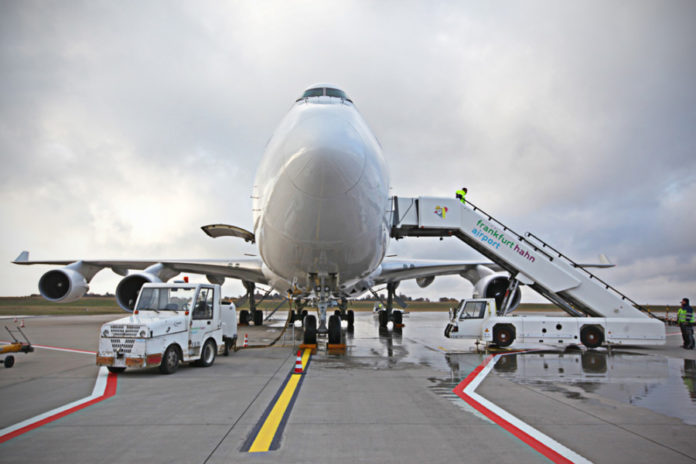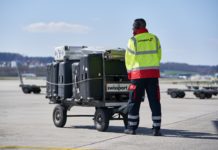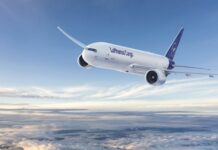

The environmental cost of air travel is an ever prominent issue, especially recently with the blocking of the expansion of Heathrow airport, which was ruled as unlawful as it did not align with the 2015 Paris Agreement to combat climate change. But, can an industry which accounts for around 2% of global greenhouse gas emissions ever truly be green?
Low carbon commercial development manager at Air BP Tom Parsons, has set out five points of focus to make the aviation industry less environmentally damaging: the introduction of cleaner fuels; more efficient aircraft; carbon offsetting; and looking beyond just the aviation industry.
Sustainable Aviation Fuel (SAF) is one solution for cleaner fuel. It is produced from renewable feedstocks, like cooking oil and household rubbish, and is currently the most viable route to reducing CO2emissions in air transport. SAF can be blended with up to 50% traditional jet fuel, meaning it is safe to use in existing aircraft and airport infrastructure. In 2018 BP Air agreed a collaboration with leading fuel producer Neste to develop and supply SAF from non-palm renewable and sustainable raw materials, including used cooking oil. These fuels can reduce the carbon footprint of aviation fuel by up to 80% over their full life cycle
Expense
Despite its benefits SAF is not widely available due to its expense compared to traditional aviation fuel. However, the introduction of new technologies will hopefully drive this cost down in the future.
Constant development of new technology, especially in terms or engine design, means that as a general trend aircraft are becoming lighter and more power, resulting in the burning of less fuel. Although it is in its early stages of development, the introduction of electrified aircraft may be a solution in the future.
The electric revolution was certainly making its mark at last year’s Paris Air Show, where several prototypes were unveiled for electric aircraft models capable of seating up to 10 passengers. And, following this, the UK government has announced a grant of £2.7m to Zeroavia, a California start-up that is developing a hydrogen-powered six-seater light aircraft to operate at distances of up to 350 miles. This plane is due to take to the skies over the UK in little over a year.
Carbon offsetting has been an important method in how the aviation industry has been trying to meet CO2 targets, which include carbon neutral growth form 2020.
Primary aim
“Across our international network of more than 250 carbon neutral Air BP operated facilities, the primary aim is to drive efficiency in technologies such as start/ stop solutions on vehicles, improve operational efficiency of waste and stock management, maximise options for supplying SAF among other initiatives. Then any residual emissions, following these reductions, are offset through BP Target Neutral – a programme that enables us to offset emissions by purchasing carbon credits from carefully-selected environmental projects around the world. As far as we are aware, we are extremely proud to be the first fuel supplier to achieve carbon neutrality for into-plane fuelling services across our international operations,” says Parsons.
This responsibility does not stop with the aviation industry, BP is also looking beyond the aviation sector to support and develop new lower carbon businesses. In 2017, BP helped to fund Lightsource, Europe’s largest solar developer and two years on Lightsource BP has more than doubled its footprint around the world.
As the climate debate heats up, the airline industry will come under increased scrutiny. It is therefore important that the sector put minimising their carbon footprint as an absolute priority.










